
It’s just like running out of gas
When involved in physical activity, be it an active job, doing sport, recreation, or plain old yard work, the muscles use fuel at an accelerated rate as compared to when they are at rest. Much like gasoline in your gas tank, the muscles keep a functional but limited quantity of fuel within themselves, so as to be ready for use whenever a demand is placed upon them. The fuel, a complex form of the sugar we call glucose, is known as glycogen. (Plants also store fuel for later use, and again, they too use a complex form of glucose, though in plants this storage form is referred to as starch.) The glycogen we use in physical activity must be replaced, or the muscles will run out of fuel. When bicycling, running out of fuel is known as bonking. In running, when the supply of muscle glycogen is exhausted, it is called hitting the wall. We never want to bonk or to run into a wall, and fortunately, under most situations, it never happens. But in the world of extreme sports, running out of available glycogen is quite possible. In fact, avoiding the problem of running out of fuel is one of the major performance considerations for ultra athletes, as it is for anyone who puts in extremely long hours of physical activity into their sport, occupation, or pastime.
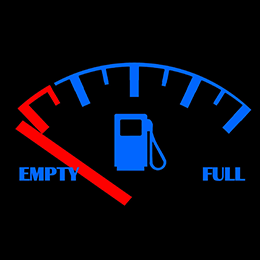
How “essential” is glucose, really?
Your body takes care of all your refueling needs for you, utilizing the sugars we eat, moving them from the digestive tract to the blood stream, and eventually delivering glucose to the muscles. In situations where we do not eat sufficient sugar to fully refuel the muscles, your own body chemistry will convert fat to glucose. If necessary, your body will even convert protein into the glucose we require, through a process known as gluconeogenesis, which literally means, “the creation of new sugar.” During most physical activities, your body uses about half of its fuel directly from glucose, with the other half coming from fat that it converts into glucose. Most of us carry more than enough body fat to easily facilitate the conversion of small quantities of fat into glucose. Glucose itself is what is in limited supply, and must be restocked regularly, preferably every time we eat. Whereas your body cannot create certain amino acids or specific fatty acids, earning them the moniker “essential,” (meaning it is essential that we eat these nutrients in our food, as your body cannot manufacture them) glucose is so critical to our survival that it can be created from starches, fats, and proteins.

Your body is a sugar factory
Fuel is required for the process of converting fat to glucose. When plenty of glucose is available, this simple sugar fuels the conversion process of fat to glucose. When glucose is not available your body continues to convert fat into sugar, but does not do so as cleanly, thus producing ketones that are also used for fuel, in addition to glucose. The telltale for someone producing ketones is on their breath. The ketones are related to acetone, and as such, the breath gives off a somewhat similar aroma, described as being rather sweet and vinegar-like at the same time. The smell of ketones on the breath takes too long to develop to be an accurate predictor of when an athlete is about to bonk, as it will tend to happen hours after the fact.
Where do you get your water? Glucose? Potassium?
A great deal of hype has gone into the production of a wide variety of unnecessary sports drinks, electrolyte replacement fluids, energy drinks, protein shakes, and the like, and quite understandably, as this industry earns over ten billion dollars annually in the US. Most athletes simply need sufficient water to avoid dehydration during their workouts, and if the session is quite long and strenuous, perhaps a bit of sugar to go with it, such as is obtained by eating an orange or a banana. We can’t very well eat during exercise because the digestive system all but shuts down during intense physical activity, especially during cardio activities, leaving the athlete prone to stomach cramps if s/he eats while exerting. People who are used to exercising on a regular basis increase their glycogen reserves, carrying about double what a non-trained person might have. Athletes typically carry enough glycogen to last through at least 3-4 hours of sustained strenuous activity, (at roughly 70-75% of maximal effort,) and can easily last through 8 hours of lighter duty. But after the exercising is done, the spent fuel needs to be replaced, the sooner the better, along with sufficient water to fully meet the athlete’s need to stay hydrated. The best source of water and glucose is fresh fruit. After a workout, the athlete basically needs to decide whether to eat fruit and then shower, or to shower and then eat fruit. In addition, since potassium is constantly lost via the urine, fruit also supply all the potassium we need, on a daily basis.
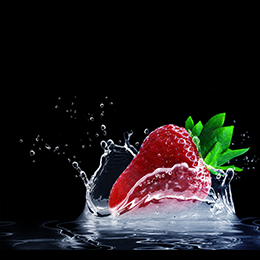
The miracle of aldosterone
Are you concerned about getting enough sodium to meet your needs? You shouldn’t be. Do you add salt to your food? No such need exists. In a brilliant bit of chemistry, your adrenal glands produce a hormone known as aldosterone, which regulates the potassium sodium balance in your body. When we eat foods that have salt added to them, your body produces less aldosterone, allowing your body to eliminate the excess sodium via the kidneys. When we do not eat anything with added salt in it, aldosterone production rises, which “spares” our sodium and helps us keep what we have, thus never running low. But if you wish to consume a bit more sodium, just to feel safe, you could always eat some celery, or practically any other salad vegetable. Raw vegetables are typically a great source of sodium. The real issue is that aldosterone production is negatively affected for many months, even after the consumption of small quantities of additional salt in our food. Some studies have shown that up to twelve months is required before full production of aldosterone can be reinstated, though most of the production resumes after just two to three months on a salt-free diet.
Much ado about protein
Protein is considered the most crucial nutrient, by a landslide, but that’s only due to the influence of the dairy and cattle industries. Everyone, and especially coaches and athletes, talk about protein as if it was the critical nutrient in fitness, which it is not. Certainly, you need to get enough protein, but in reality, not much is needed, unless you are trying to grow bigger muscles, and even then you don’t need the massive quantities most people suggest. Also, the folks recommending high protein intake neglect to mention that too much protein is easily just as much of a problem as too little, but a much more common problem that can result in relatively sudden death. In reality, not many of us really want to grow bigger muscles anyway, as the extra weight just slows us down, and most people really don’t like the look of big muscles. The medical profession doesn’t even have a name for the condition lay people would call protein deficiency, and everything in medicine has a medical name. That said, adding more protein to your diet will not automatically result in bigger muscles. To get those big muscles, you have to do a lot of resistance work in the gym, lifting in the style and protocol used by the top body builders. Considering that infants show a dramatic growth spurt on mother’s milk, which is only 6% protein by calorie, we have no reason to recommend more than 10% of calories from protein, even for body builders or folks wishing to gain muscle.
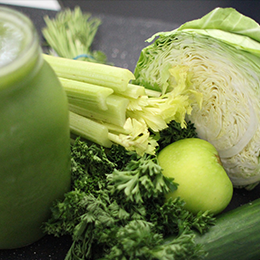
How much protein do I really need?
What is the actual relationship between protein and recovery? To be honest, there isn’t a huge connection. During a workout, protein usage approaches zero. After a workout, your body needs to replace the glucose and water that was lost, and if the conditions were really hot and humid, perhaps a tiny bit of sodium. We need to get clean after a sweaty workout, and the more we train the greater our need for sleep. Protein is for growth, so unless you are specifically training as a body builder, your protein needs will remain quite low. A single gram of protein per one to two kilograms of body weight is sufficient to meet most people’s needs. A body builder might want to increase to a gram per kilo of body weight, but a gram per pound is truly excessive. Not only will excess protein in the diet stress the kidneys, obtaining enough carbohydrates for fuel will become extremely difficult without over consuming total calories. Do we need protein drinks, protein powders, protein cookies, and protein desserts? Absolutely not. If you are a high-end athlete, you likely consume considerably more calories than the average person, and in so doing you automatically increase your protein intake sufficiently to meet all requirements. Heated proteins are less accessible for usage than the raw proteins found in fresh fruit, vegetables, and raw nuts and seeds, due to the cross-linked, enzyme-resistant bonds that are formed in the cooking process. Cross-linked proteins are unusable to the human body, and are treated instead as foreign invaders to be eliminated. On a diet of raw foods, an athlete will therefore do better on less protein than an athlete eating a cooked diet.
Be self-constructive, and avoid being self-destructive
We want to utilize our daily life to recover from exercise, and not do counterproductive things in the name of recovery that actually add to our need for recovery. To sustain peak performance levels, athletes need to customize their lifestyle so as to minimize the things that they have to recover from. Hot and cold plunges, hyperbaric chambers, pressure packs, coffee enemas, far infrared, deep tissue massage, ice packs, hot packs, blood flow restriction, sauna, steam, and countless other stimulating interventions have been tried in the vain search to find a recovery technique that will outmatch nature’s magic, but to date, none have been found. Every intervention comes with a price, a negative, a downside, which serves to make it less effective than the simple basics. Get enough sleep. Breath fresh clean air and drink clean pure water. Eat raw fruits, vegetables, nuts, and seeds, in quantities enough to meet your caloric requirements and keep you fully satisfied. Train with sufficient overload to push your self and improve, but not to the point of overwork or until you over train. Nature has worked perfectly for us since the beginning of time. Trust Mother Nature to bring you optimum recovery, and refrain from options that will only drain you. We simply cannot stimulate or irritate ourselves into a speedier recovery from exercise.
Articles and Videos:
- The H2O Performance Difference by Dr. Graham
- Post Training Smoothie by Janie Gardener
- How Much protein is burned/needed? : Forum Answer by Dr. Graham
Retreats:
Practical Skills To Thrive 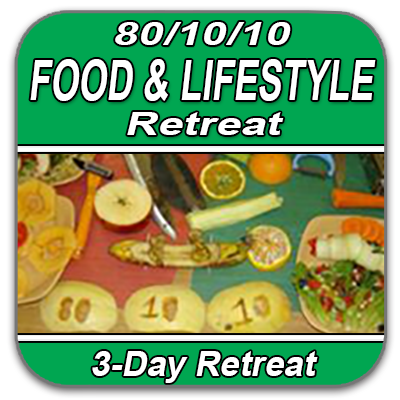
|
Amp Up Your Fitness 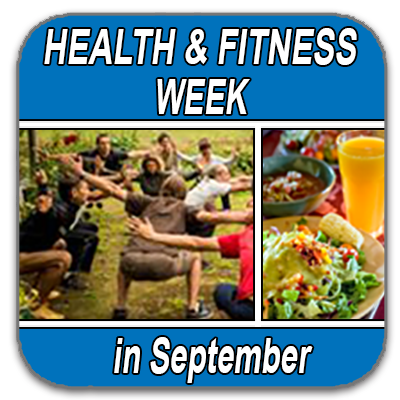
|
Books:
Simply Delicious Fall Retreat Menu 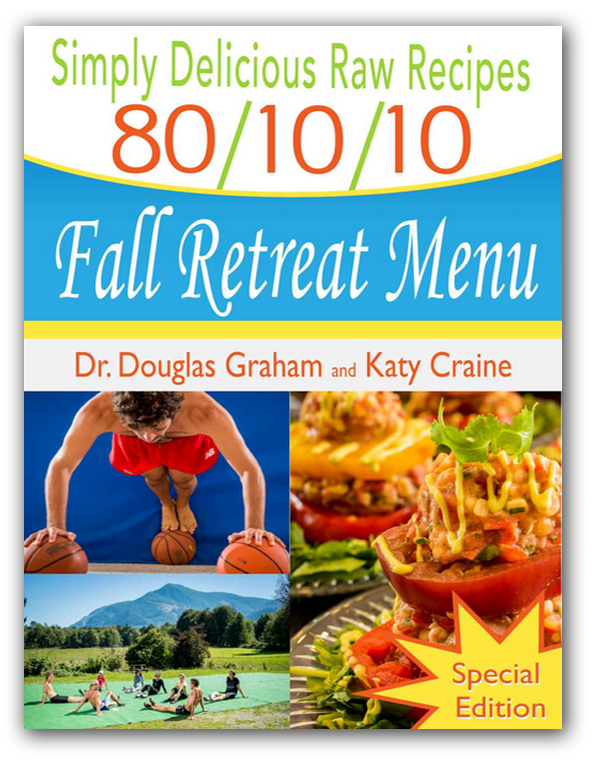
|
Simply Delicious SALADS and SLAWS 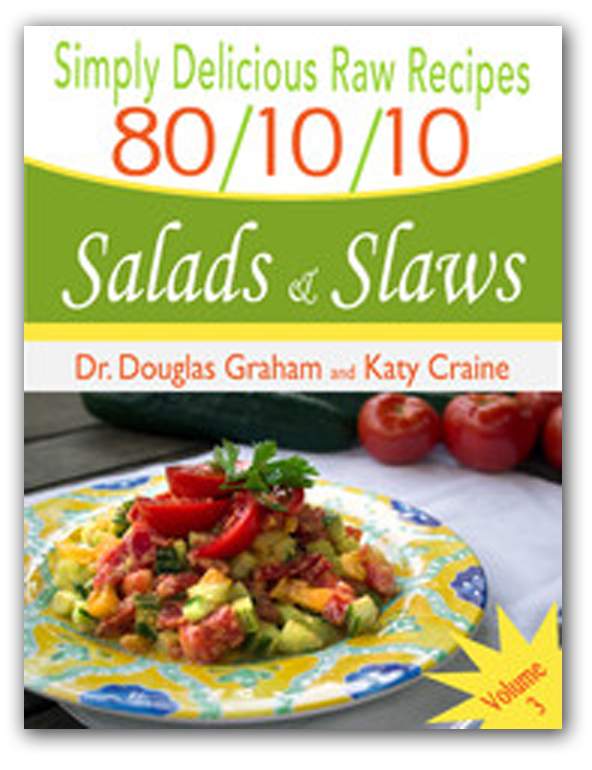
|
Simply Delicious DESSERTS 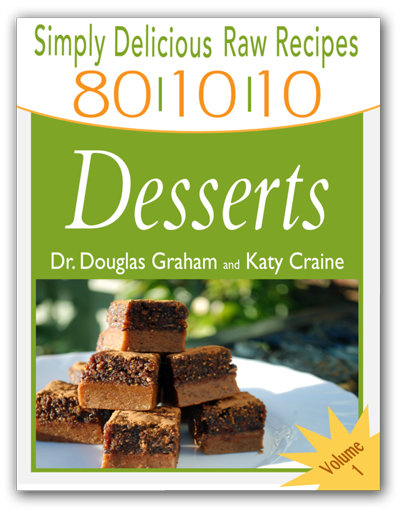
|
Simply Delicious SOUPS 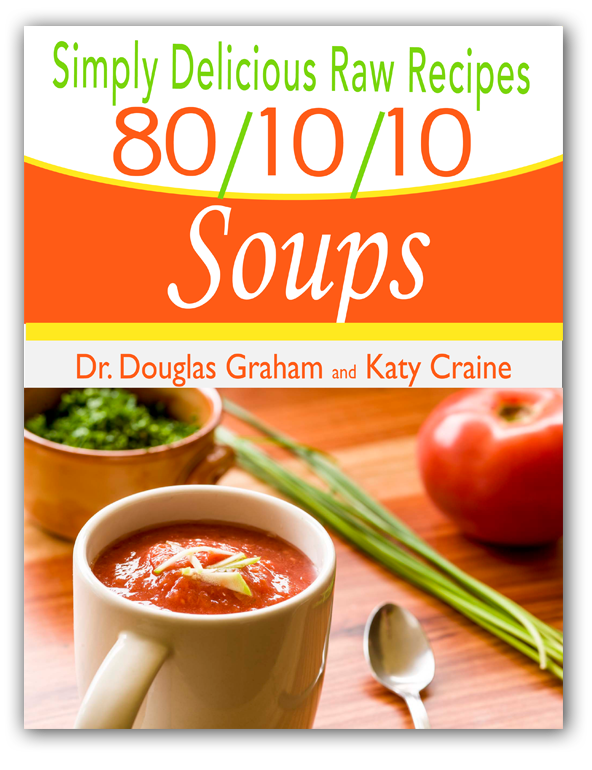
|

